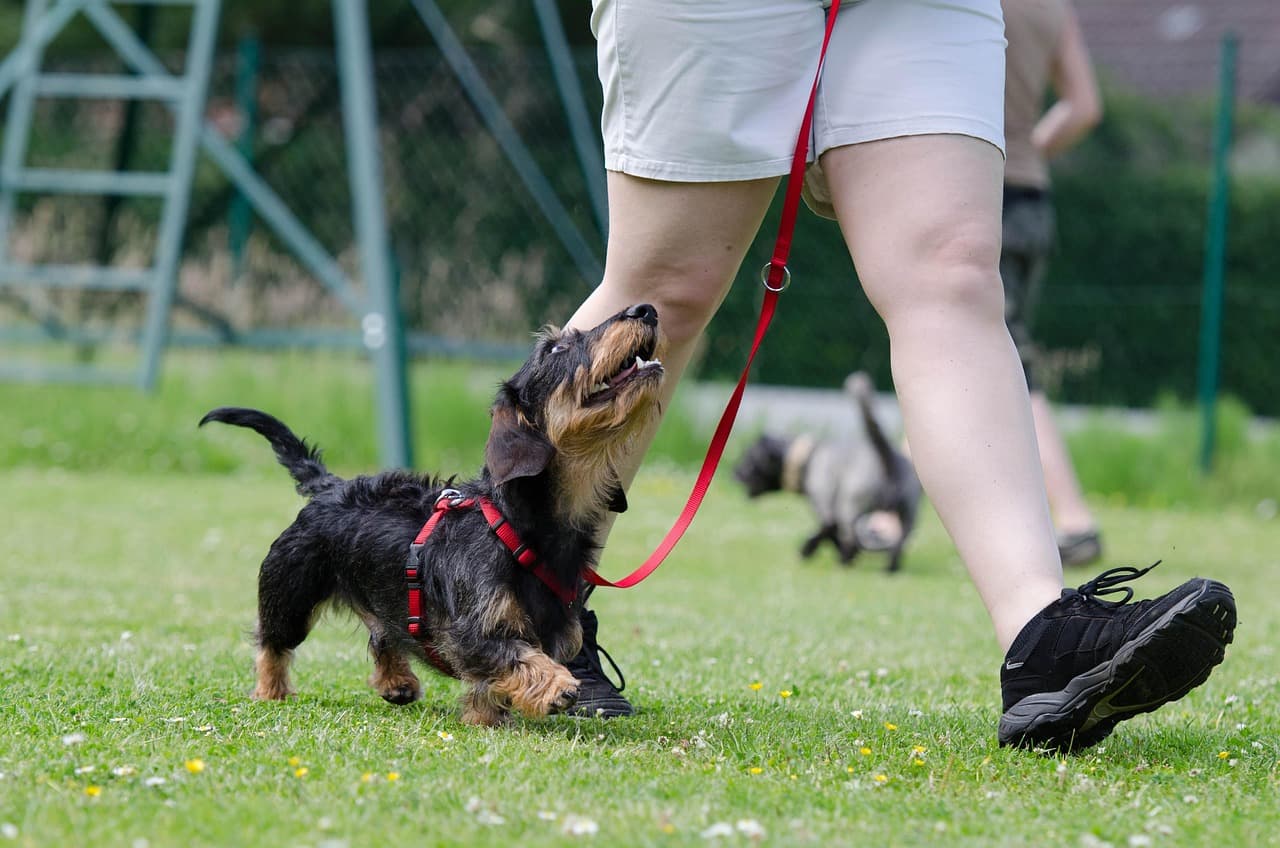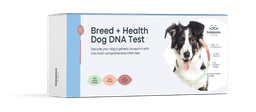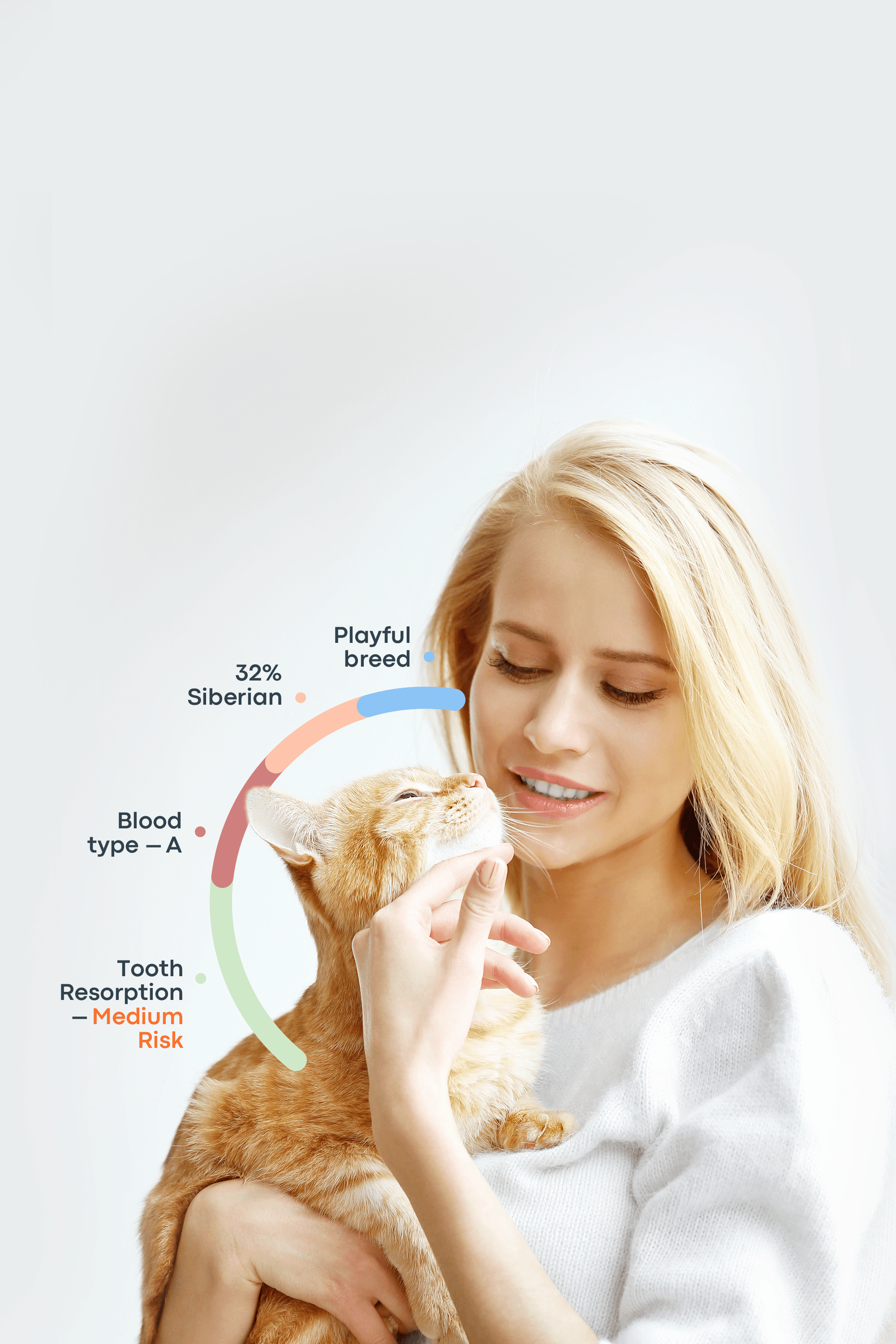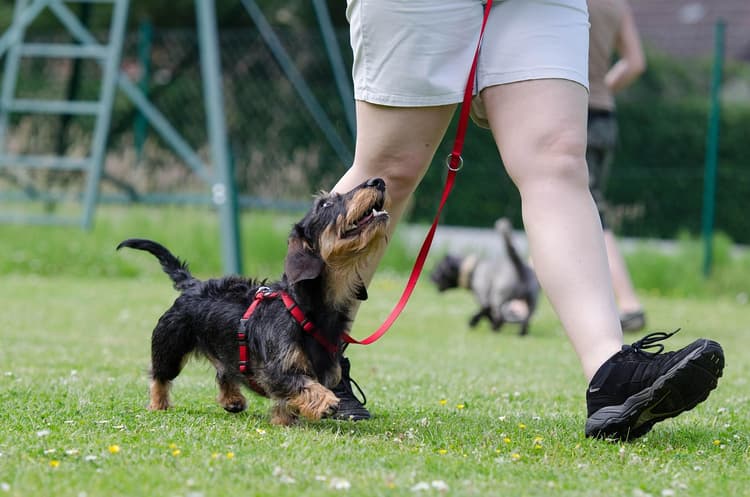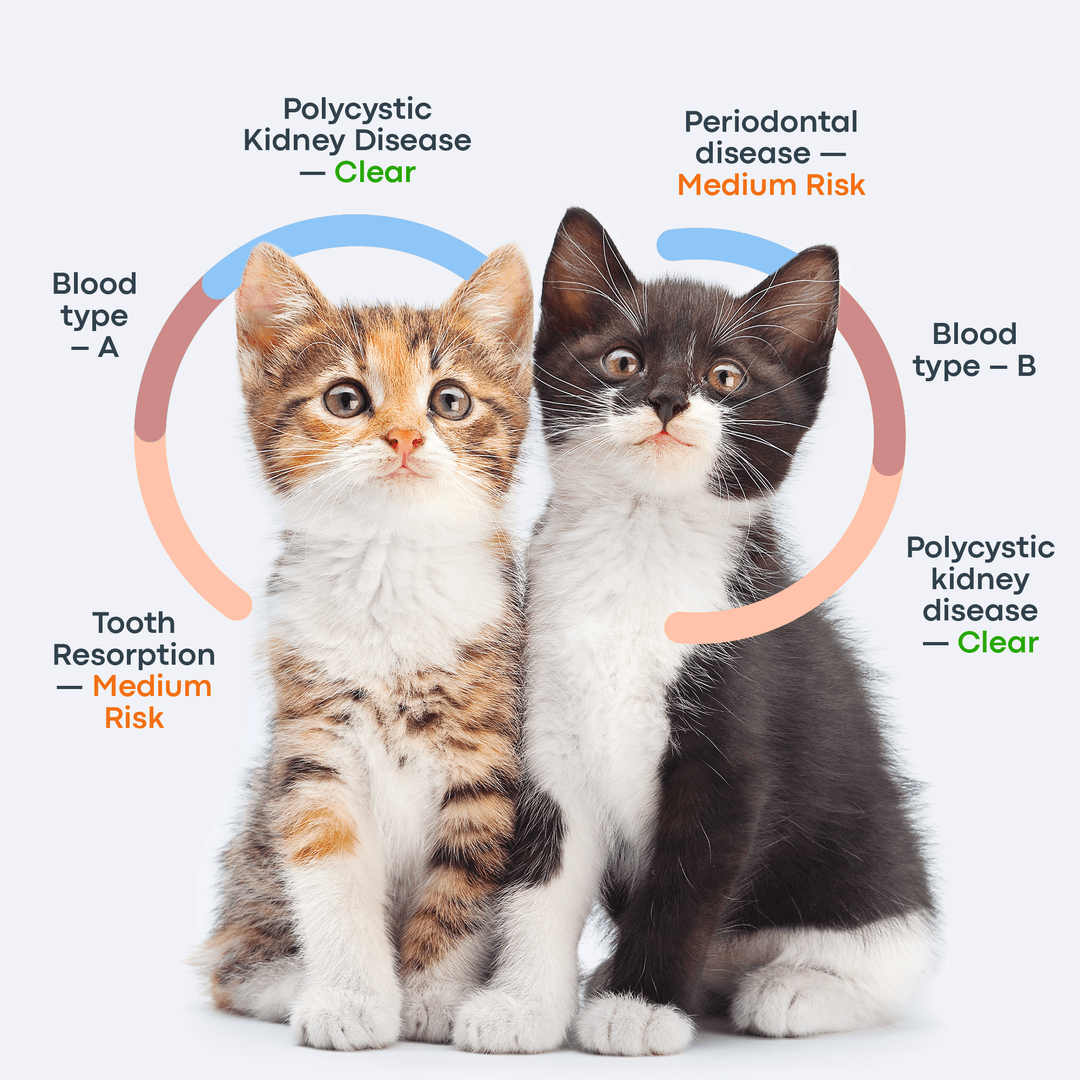Potty training an older dog can feel like a daunting task. After all, most pet owners have heard the old saying, “You can’t teach an old dog new tricks.” But that’s not always true. With consistency, patience, plenty of tasty treats, and lots of love, it’s absolutely possible. Yes, you can train an older dog to do their business outdoors—or indoors in a designated area—within just a few weeks. Every dog needs to be housebroken, and in most cases, every dog can be housebroken.
This guide offers a step-by-step answer to the question “How to potty train an older dog?” If you read carefully, follow the steps, use common sense to prevent accidents, stay patient, and consistently praise your dog for good behavior, you'll soon enjoy life with a housebroken older dog who’s a joy to live with.
Why Potty Training an Older Dog Can Be Challenging
Why Older Dogs Have Accidents
Learning how to house train an adult dog can be challenging for a variety of reasons. In many cases, especially with dogs adopted from shelters, they may have never been properly house-trained or may have developed inconsistent habits over time. Patience, consistency, and understanding their background are key parts of the process.
Trauma or a sudden change in routine can cause stress, making it harder for them to learn. Frequent moves between shelters or foster homes can disrupt a dog's sense of stability. Dogs are naturally clean animals and thrive on consistent routines. They typically avoid eliminating near their sleeping or eating areas.
A dog that has never had a permanent home may not understand where it’s appropriate to relieve themselves. Ongoing stress and anxiety can lead to accidents and may even reinforce the habit of eliminating anywhere. Additionally, senior dogs may experience cognitive decline or other health issues, leading to bladder leaks and unexpected accidents.

Key Differences From Puppy Training
Puppies are like blank slates—they absorb everything you teach them, much like sponges. Older dogs, on the other hand, often have established habits that can be more challenging to change. Some may also have medical issues, past trauma, or physical limitations that make training more difficult.
If you’ve adopted an adult or senior dog, approach them with patience and empathy. Remember, even older dogs can feel embarrassed or distressed when they have accidents indoors. That’s why it’s essential to keep the training process positive and encouraging.
Step-by-Step: How to House Train an Adult Dog
Step 1 – Set a Predictable Routine
Routine and consistency are essential for successfully house training a dog, whether you're working with a puppy or an adult dog. A set schedule for meals, naps, and potty breaks helps you anticipate when your dog needs to go—and helps regulate their internal clock to eliminate at predictable times. When you stick to the same routine every day, your dog will begin to understand what’s expected of them.
Below is a sample daily routine you can adjust to fit your schedule:
Time | Activity |
7:00 am | Walk + potty |
8:00 am | Breakfast |
12:30 pm | Short potty break |
5:30 pm | Walk + potty |
6:30 pm | Dinner |
9:30 pm | Final potty break for the day |
Step 2 – Choose a Bathroom Spot
Whether you live in an apartment or a standalone house, your dog needs a designated potty area. This could be your backyard, a section of your terrace or balcony, or even a spot in a spare bathroom if you're training indoors.
Indoor potty area
Indoor potty areas offer a convenient solution for dog owners living in apartments, condos, or houses without a yard. They are especially helpful during bad weather when going outside isn’t an option.
Indoor potty spots can also protect your rugs and carpets from accidents. They’re ideal for owners with limited mobility or anyone unable to take their dog outdoors frequently. You can set up indoor potty areas using various options, such as dog training pads, litter boxes, or artificial grass patches.
Outdoor potty area
One downside to indoor potty areas is the potential for odor and mess, which is why many dog owners prefer to designate a specific outdoor spot for their dog to do their business. If you have a yard, you can set aside a sectioned-off area—such as a corner—for your dog to use.
Some owners allow their dogs to eliminate anywhere in the yard, but creating a dedicated potty spot with grass, pavers, concrete, dirt, or other surfaces can help contain the mess. With an outdoor potty area, you won’t have to worry as much about odors indoors.
However, the downside is that your dog might be reluctant to go outside in bad weather, and the area will need regular cleaning. Additionally, if you live in an apartment, you may not have convenient access to an outdoor potty space.
Step 3 – Use Crate Training Effectively
Many dog owners mistakenly believe that crates are cruel or harmful. However, experts at Cornell University College of Veterinary Medicine assure us this is not true. Dogs are descendants of wolves, who naturally sought out dens and caves for safety. Crates provide a similar secure and comforting space for your dog to rest. In fact, many older or shelter dogs feel more comfortable sleeping in a crate.
Beyond offering a safe and cozy retreat, crates can support bladder control and serve as an effective tool for potty training an older dog. Dogs naturally avoid soiling the area where they sleep. If the crate is the right size, comfortable, placed in a quiet spot, and made relaxing, your dog will almost certainly not use it as a bathroom.
Size considerations
Always choose a crate that is comfortable and appropriately sized for your dog. A crate that is too small can be uncomfortable and even unsafe. A simple rule of thumb when selecting a crate is that your dog should be able to stand up, turn around, and lie down comfortably inside. At the same time, the crate shouldn’t be so large that your dog can use one end as a bathroom.
Placing the crate
Choose a quiet, comfortable, and draft-free spot to place your dog’s crate. Avoid high-traffic areas or locations near noisy appliances. The crate should provide a peaceful environment where your dog can rest undisturbed, away from the household’s hustle and bustle. Ensure there is plenty of ventilation around the crate for your dog’s comfort.
Step 4 – Supervise Indoors
If you maintain a consistent potty training schedule, there’s a good chance your dog will avoid accidents indoors. Combined with crate training, you should start seeing success fairly soon. However, it’s important to supervise your dog indoors. If you can’t allow them to roam freely, consider using baby gates to block off areas like bedrooms, laundry rooms, and the kitchen to prevent accidents in those spaces.
Adult dogs often “tell” you when they need to go out. Learning to read their body language is key—they might start sniffing and circling when they want to pee or poop. When you notice these signs, clap your hands loudly and immediately lead your dog to the designated potty area.
Step 5 – Reward the Right Behavior Immediately
Reward, praise, and give a treat to your dog immediately after they pee or defecate in the correct spot. Timing is crucial—your dog needs to associate their action with the reward. Aim to give the reward within 3 to 5 seconds of them finishing their business in the designated area. This positive reinforcement training will go a long way in helping you see results faster as you house train adult dogs.
Always use high-value treats to create a strong positive association, encouraging your dog to consistently use only the designated potty area.
Step 6 – Handle Accidents Without Punishment
Gone are the days when trainers and dog owners relied on punishment—such as hitting, scolding, or rubbing a dog’s nose in their urine—to prevent house soiling. Research shows these methods are not only ineffective but can also cause dogs to become shy, fearful, or aggressive. Modern training is firmly rooted in the science of positive reinforcement.
Dogs trained with kindness and rewards become eager, enthusiastic participants in the training process. Unlike those subjected to punishment or harsh corrections, positively trained dogs are free from fear and anxiety. They look forward to learning, motivated by praise and the promise of rewards.
If your dog does have an accident indoors, calmly clean it up without fuss. And if you catch your dog in the act, gently redirect them and immediately take them to the designated potty area.
Step 7 – Clean Accidents Thoroughly
Use enzymatic cleaners to thoroughly clean up your dog’s urine or feces indoors. These cleaners break down stains and eliminate odors at their source, which is essential because dogs often return to the same spot if they can still smell traces of their waste. Removing these lingering scents helps prevent repeat accidents.
Step 8 – Introduce Potty Commands
Dogs can learn to go on cue if you consistently use the same command each time. It’s helpful to get all family members on board so everyone uses the same phrase. Examples include “go potty,” “go pee,” or “do your business.” Keep the command short, and say it clearly and calmly when you bring your dog to the designated potty area. Once your dog responds, immediately praise, treat, and reward them generously.
Extra Tips for House Training a Dog
Learn to Read the Signs Your Dog Needs to Go
As mentioned earlier, your dog will often “tell” you when they need to go out. Common signs include:
Sniffing around a specific area
Pacing or circling
Whining or crying
Standing near the exit door
Some dogs may even bring their leash to you, signaling they want a walk
When you notice any of these behaviors, promptly lead your dog to the designated potty area. Recognizing and responding to these signs is a crucial step in successfully potty training older dogs.
How Often Should You Take Them Out?
According to veterinary experts, several factors influence how often a dog needs to urinate. Adult large-breed dogs can typically hold their bladder for up to six hours, while younger or small-sized dogs may need a break every 4 to 6 hours. Puppies require potty breaks every couple of hours.
Bladder control also depends on diet, hydration, and overall health. Dogs fed wet food or those who drink plenty of water will need more frequent potty breaks than dogs on dry food. Senior dogs or those with health issues or incontinence may require indoor potty options.
As a general guideline, healthy adult dogs should be taken outside every 4 hours. Be sure to take your dog out first thing in the morning, after meals, after play or training sessions, and before bedtime.
How Long Can an Older Dog Hold Their Bladder?
As mentioned earlier, most adult dogs can physically hold their pee for up to eight hours, but it’s best to take them out every four hours whenever possible. Forcing a dog to hold their urine longer than necessary can be harmful to their health.
Size | Age | Max. time without peeing |
Small and toy breeds | Adult | 4-6 hours |
Medium-to-large breed | Adult | 6-8 hours |
Any size | Senior (8+) | 2-4 hours |
What If It’s Still Not Working?
Rule Out Medical Problems
If your adult dog continues to have accidents indoors despite consistent training, there may be an underlying medical issue. Conditions such as urinary tract infections (UTIs), diabetes, or arthritis can contribute to house soiling.
Keep a log of when and where the accidents occur, along with any changes in your dog’s behavior or routine. This information can help your veterinarian identify patterns and determine the root cause. A thorough check-up—including a review of medical history and diagnostic tests—will help rule out or confirm any health concerns.
When to Consult a Vet or Professional Trainer
If your dog is healthy but still has accidents indoors, the issue might stem from stress, anxiety, or emotional challenges. Sometimes, it’s simply a hard-to-break habit if the dog was never properly house-trained. In such cases, a professional dog trainer or pet behaviorist can offer valuable assistance in breaking these patterns.
Conclusion
If you have been wondering, “How to potty train an older dog?” we hope this guide has provided helpful answers. Stick to a consistent routine and be patient. Dogs are naturally clean animals and usually avoid soiling areas where they eat or sleep. Most dogs are motivated by food and eager to please their owners. With plenty of praise, tasty treats, and love, your dog will happily follow your lead. Use positive reinforcement methods, and you will surely see great results!
Frequently Asked Questions
How long does it take to house train an adult dog?
The time frame required for potty training older dogs can vary considerably depending on the dog’s age, learning abilities, past experiences, etc. Most adult dogs tend to learn the house rules in a few weeks, as long as the methods used are positive, reward-based, and consistent.
What is the best way to train an older dog to use potty pads?
Take your dog to the potty pad after meals and immediately after they wake up. Keep them on the pad until they do their business, and reward them generously when they succeed. To encourage your dog to use the pad consistently, save a small amount of urine or feces scent to help mark the clean potty pad.

